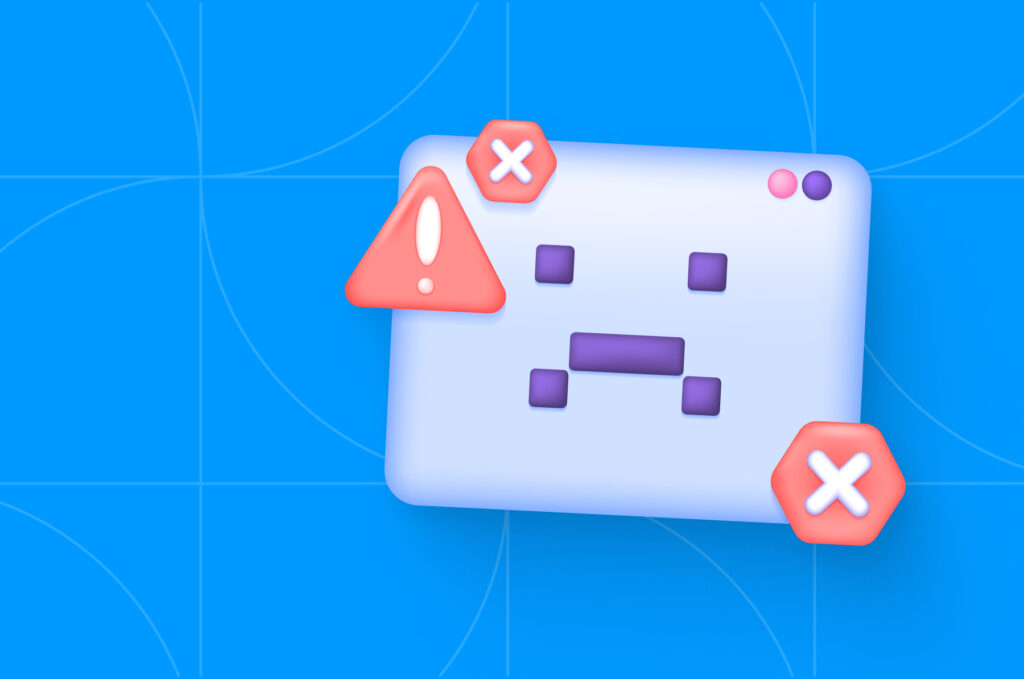
Stop the Blame Game
How Nonviolent Communication Transforms Teams and Lives
After yet another outage, the incident review turned into a silent trial.
“Who merged this?”
“Didn’t you say you tested it?”
Maya sat frozen. She knew the answers, but also knew they wouldn’t help. The problem was bigger than any single mistake, yet the room demanded a name. Maya realized she couldn’t continue working in such a toxic environment. A week later, she handed in her resignation.
Only then did the manager realize that blame wasn’t just toxic—it was useless. Blame didn’t prevent failures, improve systems, or build trust. Something had to change. They decided to try something new: Nonviolent Communication.
But change is hard, especially when you’re not sure exactly what you’re aiming for.
The team had heard that blame and punishment don’t work. They knew the buzzwords: psychological safety, blameless postmortems, Nonviolent Communication. So they tried to adjust their attitudes.
Now, incident reviews sound like:
“We know it’s your fault—but don’t worry, we won’t punish you. We’ve heard that’s ineffective.”
Later, it evolved into:
“We all know who’s guilty, but we’re not allowed to point fingers. Let’s just silently agree on who it is.”
The language had shifted, but the underlying culture had not. They weren’t solving root causes—they were just suppressing blame, not eliminating it. Fear remained; insights did not surface.
The manager started sounding like a landowner in the year serfdom was abolished:
“Yes, serfs are inefficient… but how am I supposed to live without them?”
Let’s help him understand the mindset shift that’s truly required.
NVC in software development
Nonviolent Communication (NVC) is a method emphasizing empathy, clarity, and mutual respect—especially valuable in high-pressure tech environments. In software development, NVC encourages:
- Observation without judgment – “The build failed three times” instead of “You keep breaking the build.”
- Expressing feelings – “I’m frustrated that the unapproved change was merged” rather than assigning blame.
- Identifying needs – “I need clear commit messages to understand your changes.”
- Making requests, not demands – “Could you add tests for this module?” instead of “You must write tests.”
Focus on solutions, not fault
The “big secret” of NVC is recognizing that mistakes are inevitable—they’re part of being human. We are allowed to make mistakes. Accepting this truth allows us to move forward constructively. Asking, “Who caused this?” doesn’t usually solve anything. The meaningful question is, “How did this happen, and how can we prevent it from happening again?”
Here are several examples showing the shift from judgment to learning. Note how the tone changes:
Before: “You messed up the database migration!”
After: “The migration caused data loss. Let’s walk through how it was tested and what could be improved.”
Before: “You forgot to update the team about your rollback again!”
After: “I noticed the team wasn’t updated about the rollback—can we add a reminder or automation to help with that?”
Concerns about responsibility
One common concern with NVC is accountability. If we eliminate judgment and punishment, does it mean no one will be held accountable? Could this encourage irresponsibility?
No blame—no consequences… Really?
Responsibility = Response Ability
When people fear punishment, their ability to respond openly under pressure diminishes. They withdraw rather than stepping up. Removing blame doesn’t remove responsibility; instead, it fosters a safer environment in which responsibility is a conscious, mature choice based on understanding rather than fear.
Next time an issue happens, individuals will feel safe to raise concerns proactively, openly discuss issues, and initiate solutions.
This is the law and the spirit of the fifth Agile Principle:
Build projects around motivated individuals. Give them the environment and support they need, and trust them to get the job done.
Blameless postmortems
However, NVC not only creates a healthier atmosphere for taking responsibility but also includes clear structures to promote genuine accountability.
Here’s a classic post-mortem schema using NVC:
- Observation: What exactly happened? No judgment, just facts.
- Impact: How did this affect others?
- Gap detection: What did we learn from this?
- Request/Action Items: What specific changes are necessary?
- Assignment: Who will implement these changes?
- Self-responsibility: Each person takes ownership of their actions.
In fact, NVC promotes deeper accountability, encouraging people to truly hear the impact of their actions rather than just complaining and reacting defensively.
Beyond the workplace
The amazing changes from NVC go far beyond the workplace. You become more accepting and understanding toward others. (People make mistakes—and that’s okay!)
Family communication also improves because mistakes are seen as normal and acceptable.
Instead of: “You forgot the appointment again! Why can’t you remember anything?”, you natively say: “I noticed you missed the appointment today. Is there something we can try to help you remember next time?”
But the real magic happens inside you: you stop blaming yourself. (I make mistakes too—and that’s okay!) You accept who you are, you don’t judge yourself harshly. Instead, you focus on growth and improvement.
You might think this shift is trivial—but see how significant this change really is: when you stop blaming yourself, it might seem strange or even irresponsible to others unfamiliar with NVC. They might interpret your lack of self-blame as a lack of seriousness or accountability, because they’re used to the idea of equating responsibility with self-criticism. “If you recognize your mistake – you should dive into remorse and beat yourself up” – they think.
Yet, genuine accountability thrives in an environment of acceptance rather than blame.
Try this! It’s incredible how mistakes transform from failures into stepping stones toward success.